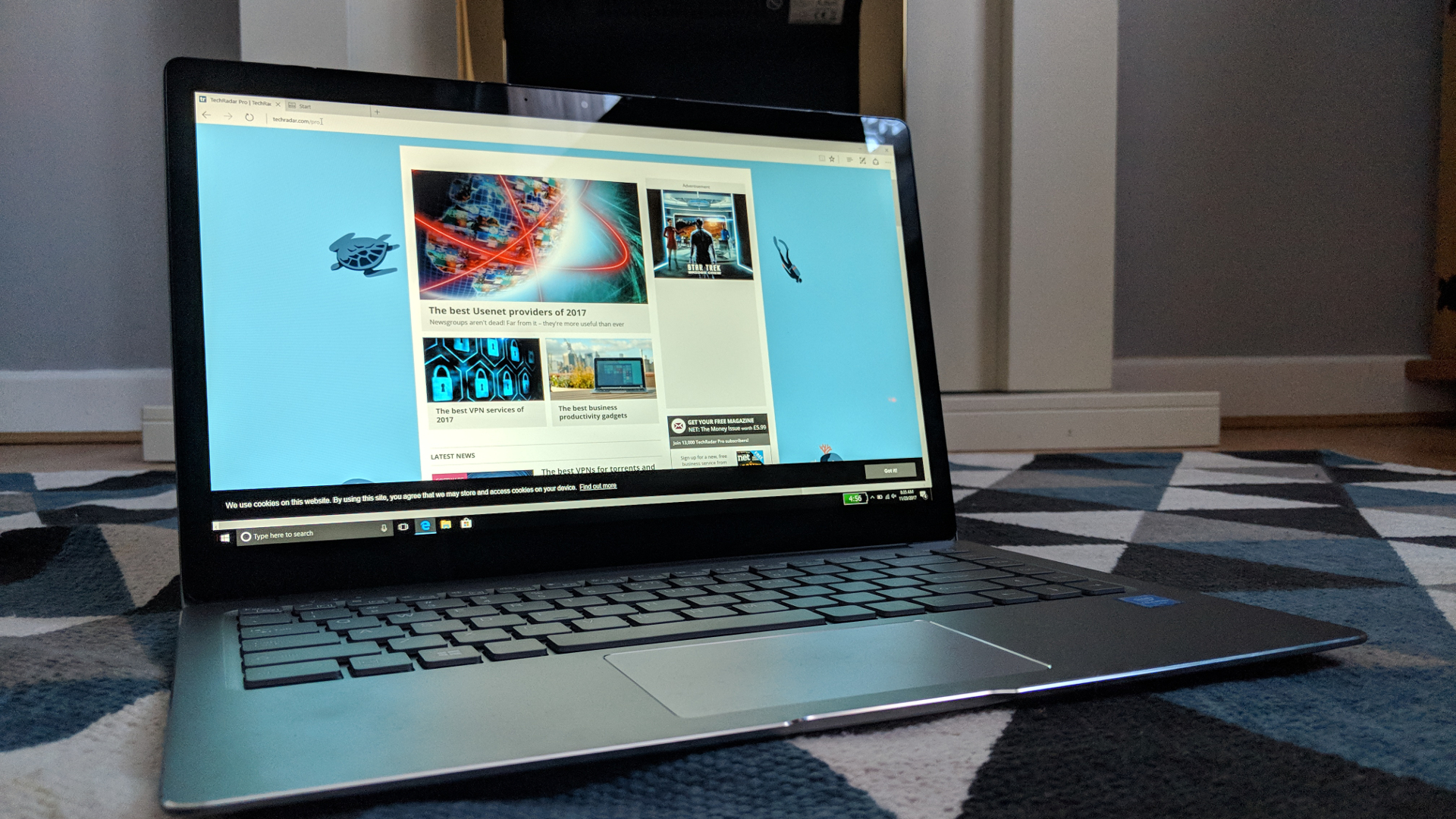Why you can trust TechRadar
Usage and performance
This laptop is built around a passively cooled Intel Celeron N3450 processor, a quad-core CPU based on the Goldmont architecture. It is accompanied by 8GB of low power DDR3 memory (in dual channel mode) and 128GB of eMMC 5.1 flash storage.
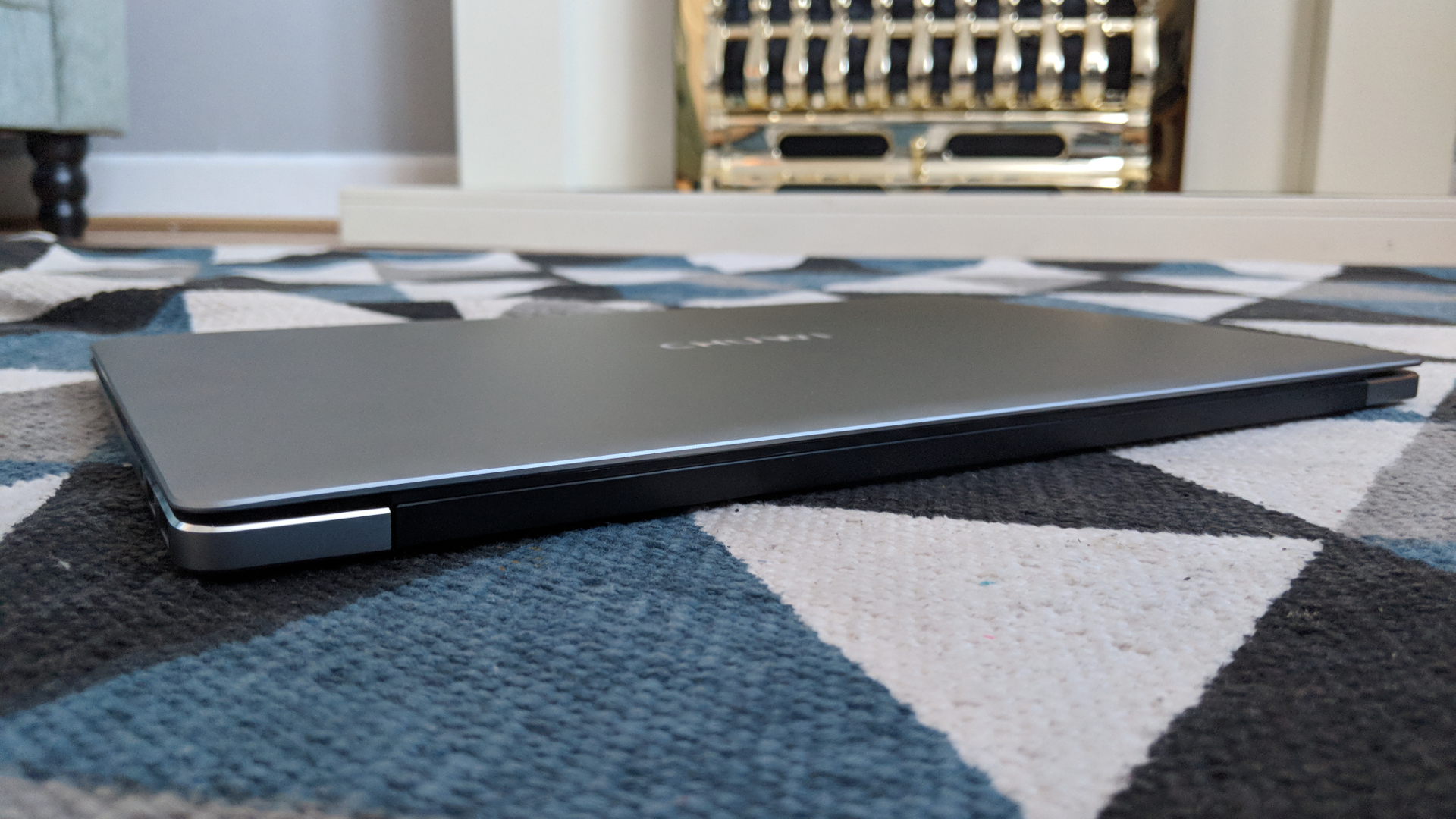
Here’s how the Chuwi LapBook Air performed in our suite of benchmark tests:
Passmark: 905
Passmark CPU: 1970
CPU-Z: 158 (single-thread); 622 (multi-thread)
Geekbench: 1394 (single-core); 4139 (multi-core); 7829 (compute)
Cinebench: OpenGL: 11.31 fps; CPU: 115
CrystalDiskMark: 220 MBps (read); 105 MBps (write)
Novabench: 652
Atto: 296 MBps (read, 256mb); 116 MBps (write, 256mb)
Sisoft Sandra (KPT): 2.14
Windows Experience Index: N/A
UserBenchmark (higher is better): 80
As for performance, just make sure you adjust your expectations given the hardware inside. This laptop is great for lightweight tasks, but it will struggle when having to deal with more than a few tabs open in Microsoft’s Edge browser, for example.
Battery life was better than expected, indeed far better than expected at five and a half hours. Granted, we were testing using a simple YouTube count-up video of a clock with brightness on 100%, but this certainly still counts as an impressive result, especially given the size of the battery.
The keys on the backlit keyboard have a good amount of travel, which isn’t surprising given the thickness of the device, and they offer sharp feedback. Visually, the keys appear to be higher than they actually are – in other words, going by looking at them, the user may be tempted to press harder than necessary to register a key-press.
The touchpad is smaller than we’d expect with a smooth surface – it works great with single and multi-finger gestures.
The speakers were underwhelming to say the least: the sound coming out of these was devoid of any character, lacking depth and oomph. But that’s pretty much as expected with a device in this price bracket.
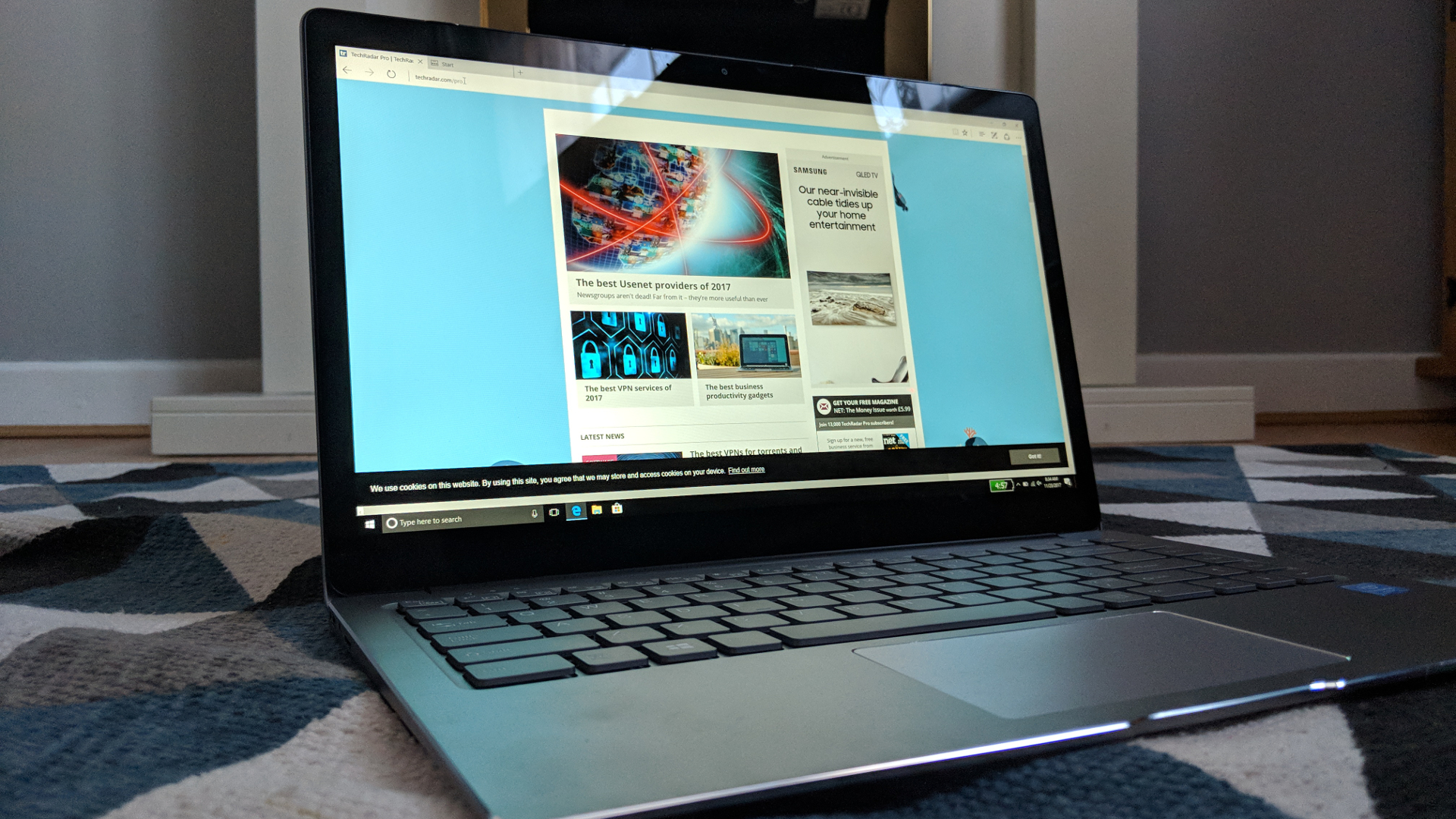
The competition
You will be hard pressed to find a laptop with 8GB of RAM for the sort of money Chuwi is asking for here.
The Asus ZenBook Flip UX360CA costs £550 (Amazon) – that’s around $735. It has a far more powerful CPU, a touchscreen display, can double as a tablet and has an SSD in lieu of eMMC storage.
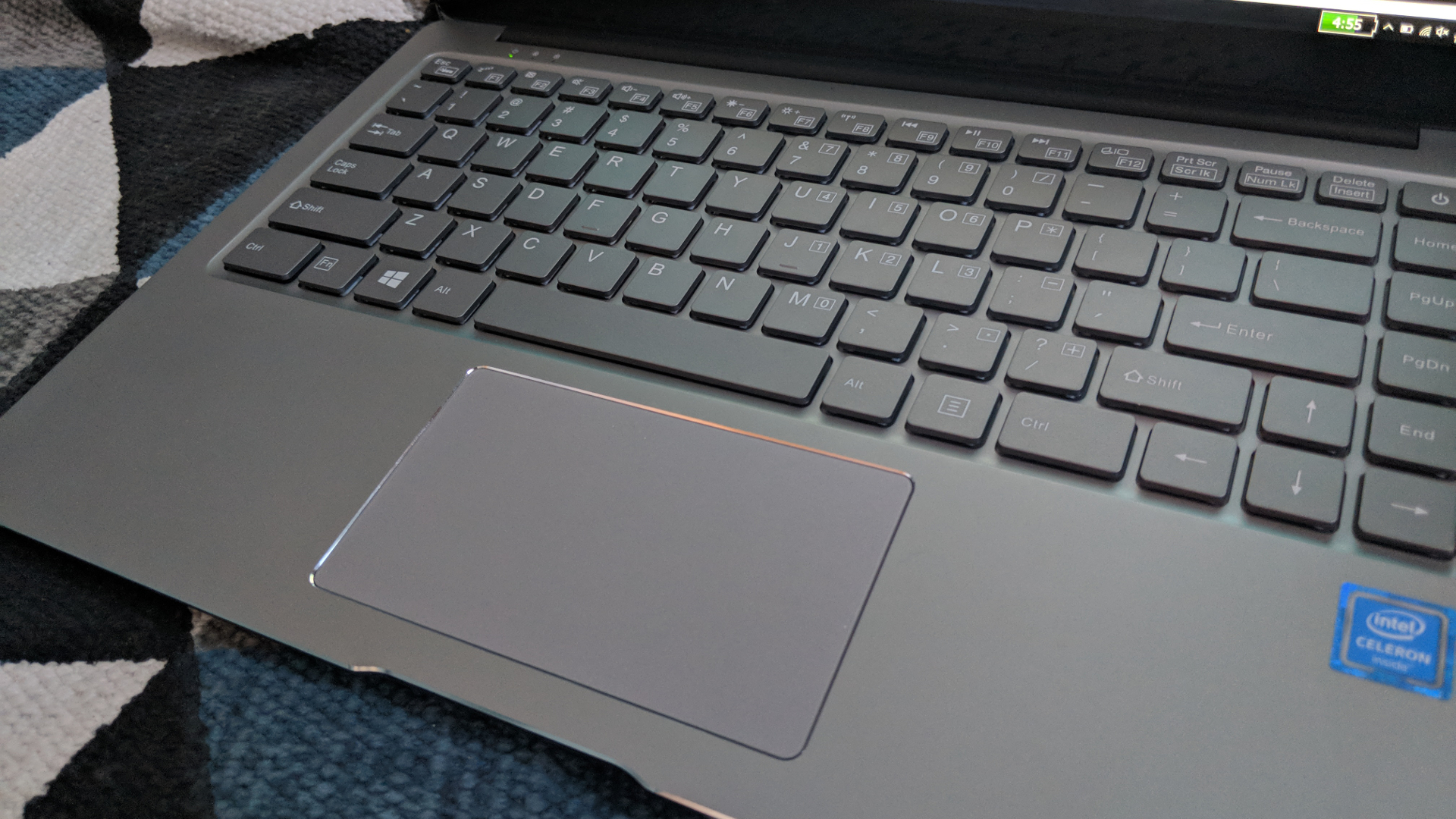
The HP ProBook 440 G4 is a different kettle of fish altogether since it is pitched as a business laptop. It has a far faster processor (a Core i5-7200U) and twice the storage (256GB SSD). Add in a bigger battery and twice the amount of ports (it even has a VGA connector) and you get an intriguing alternative at £530 (Ebuyer) – that’s around $710.
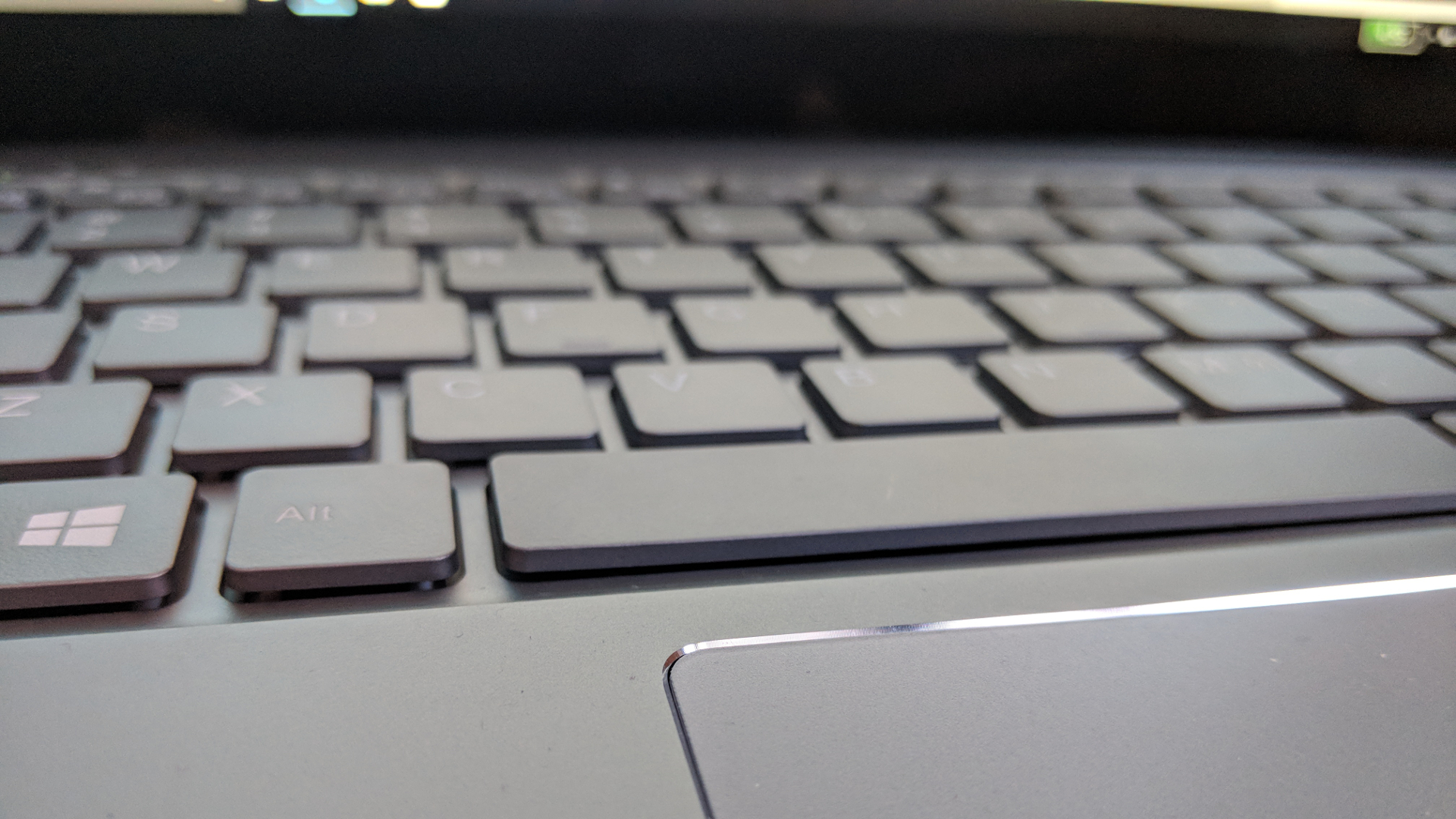
If brand is not an issue, then the Daysky A3, from Gearbest, is selling for a mere £220 (around $295). It sports the desktop version of the chip used inside the Chuwi LapBook Air and has a slightly higher TDP due to a marginally higher base processor frequency. It is still an unknown quantity with no reviews around.
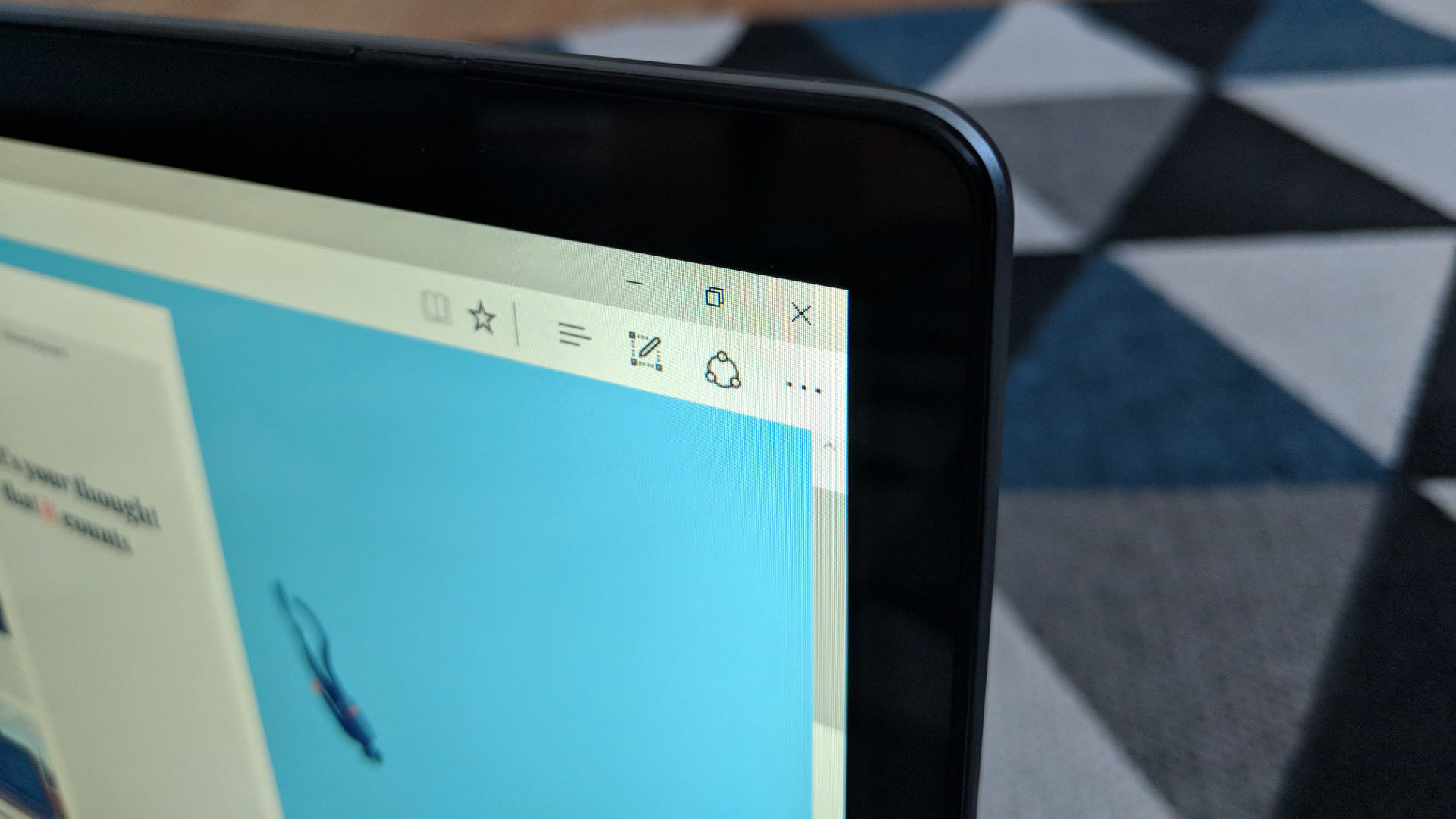
Final verdict
Despite sporting a name that will attract all sorts of comments, the LapBook Air left a positive impression on us. A relatively affordable price – remember it costs about £260 (around $350) – coupled with a very likable and distinctive design, a large 14.1-inch Full HD display, and a small power supply make it a winner for those on a budget.
We just wish it didn’t have that proprietary power connector, and that it offered a real SSD rather than eMMC storage. The dual-channel memory architecture is a step in the right direction but it has limited impact on performance – whereas adding an SSD would make a much bigger impact.
- We’ve picked out the best business laptops of 2017

Désiré has been musing and writing about technology during a career spanning four decades. He dabbled in website builders and web hosting when DHTML and frames were in vogue and started narrating about the impact of technology on society just before the start of the Y2K hysteria at the turn of the last millennium.
